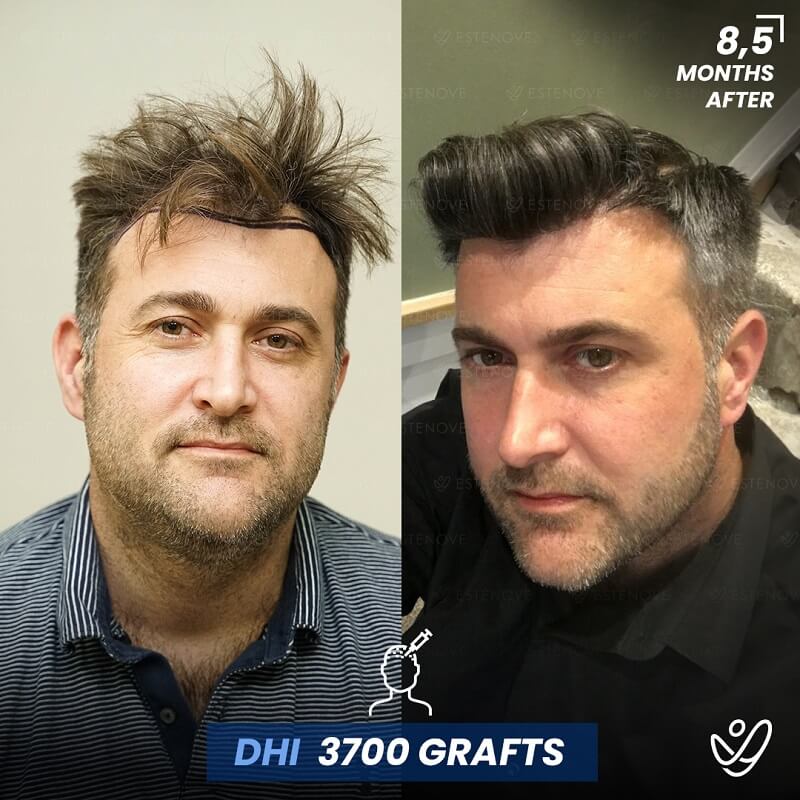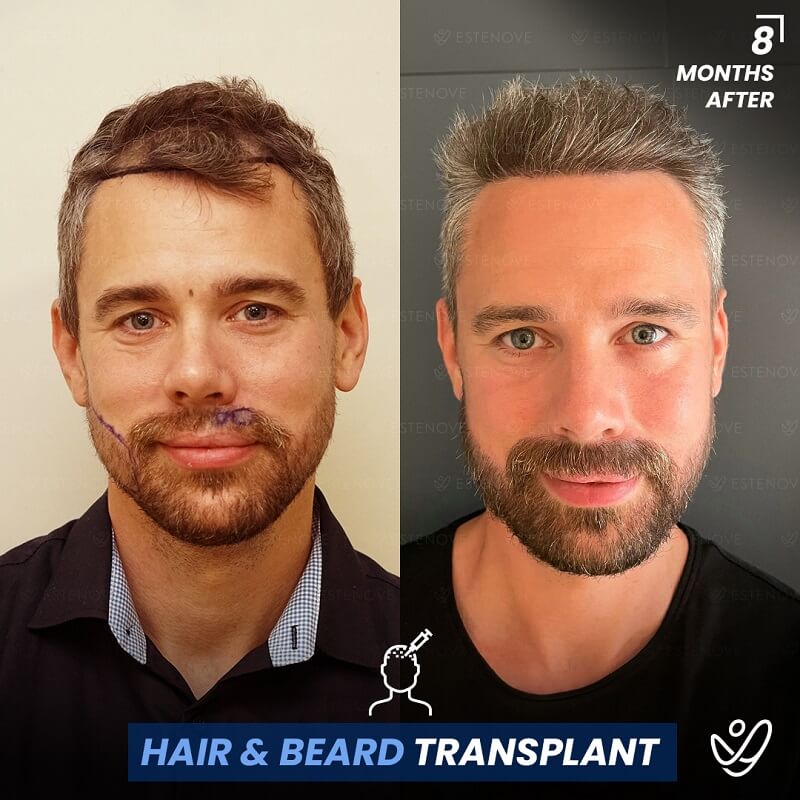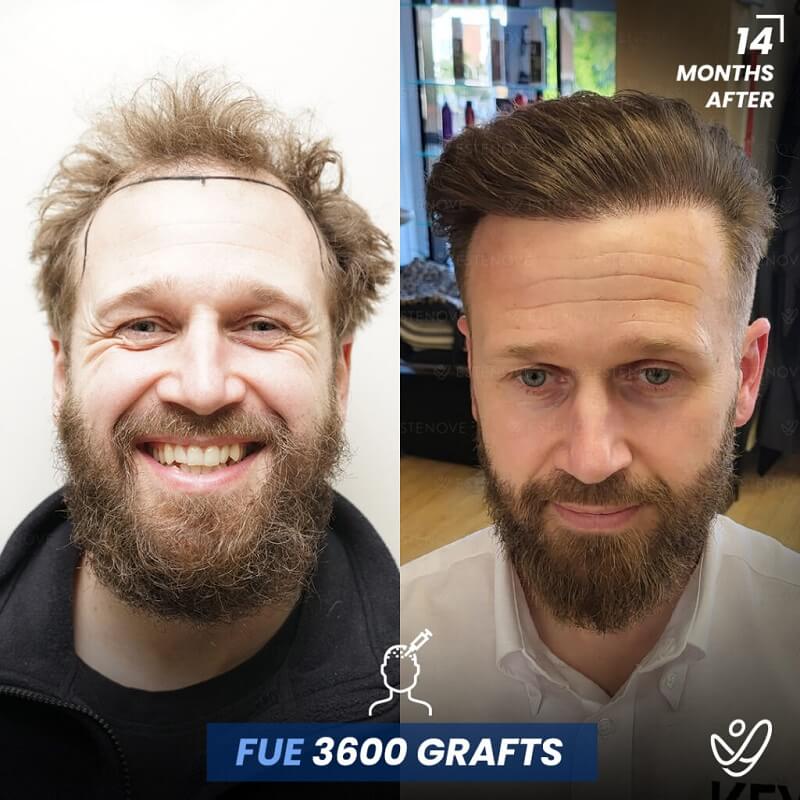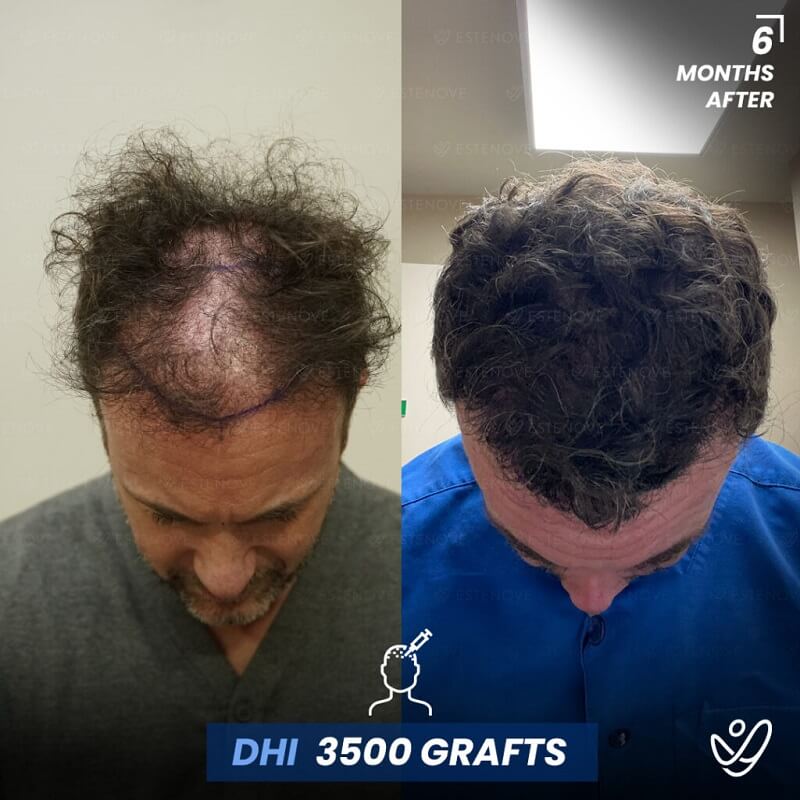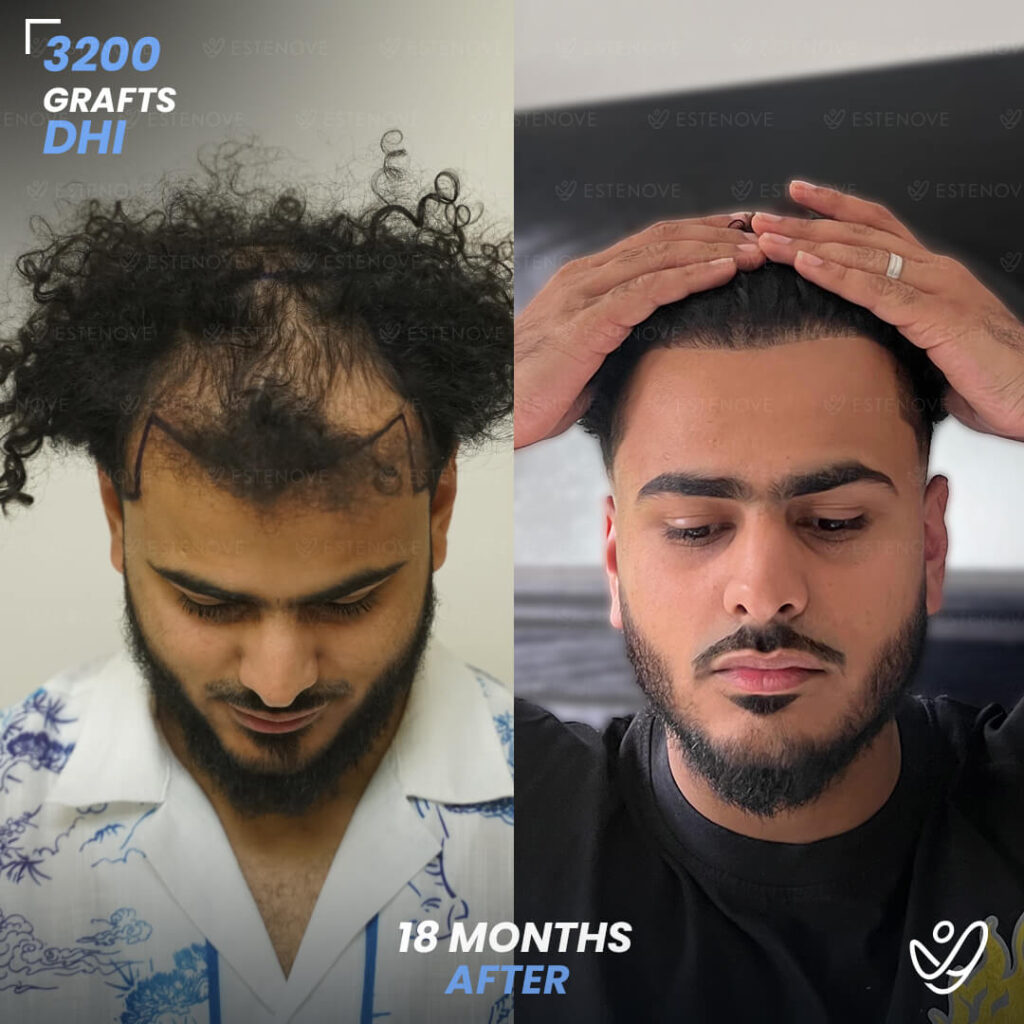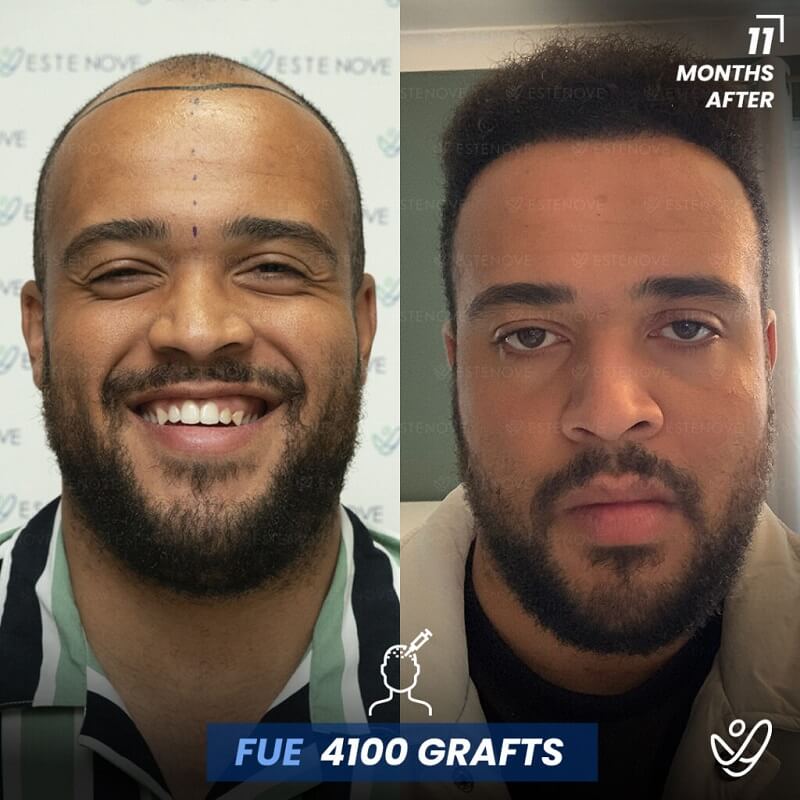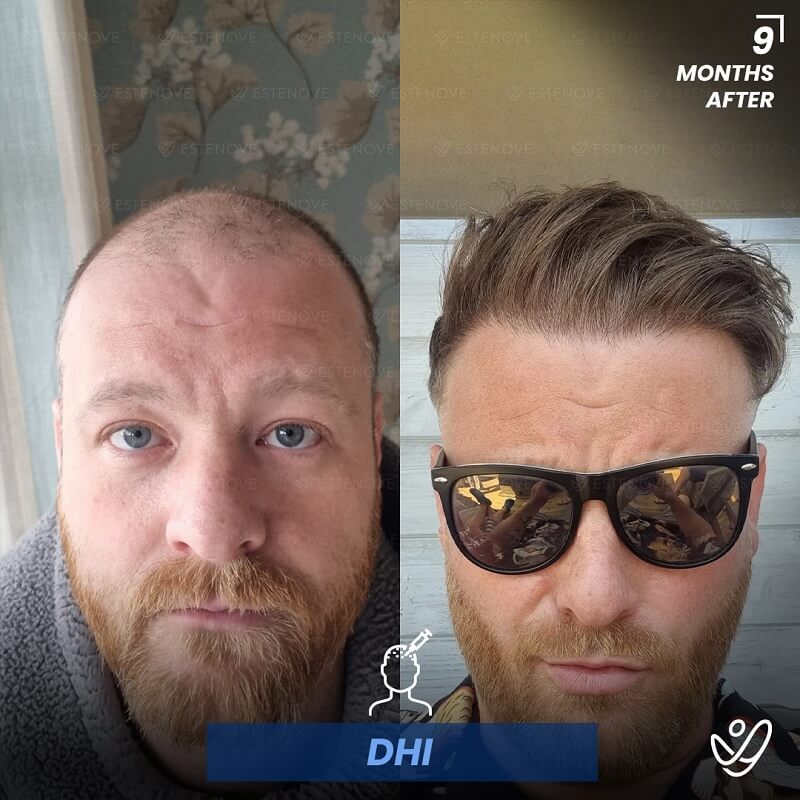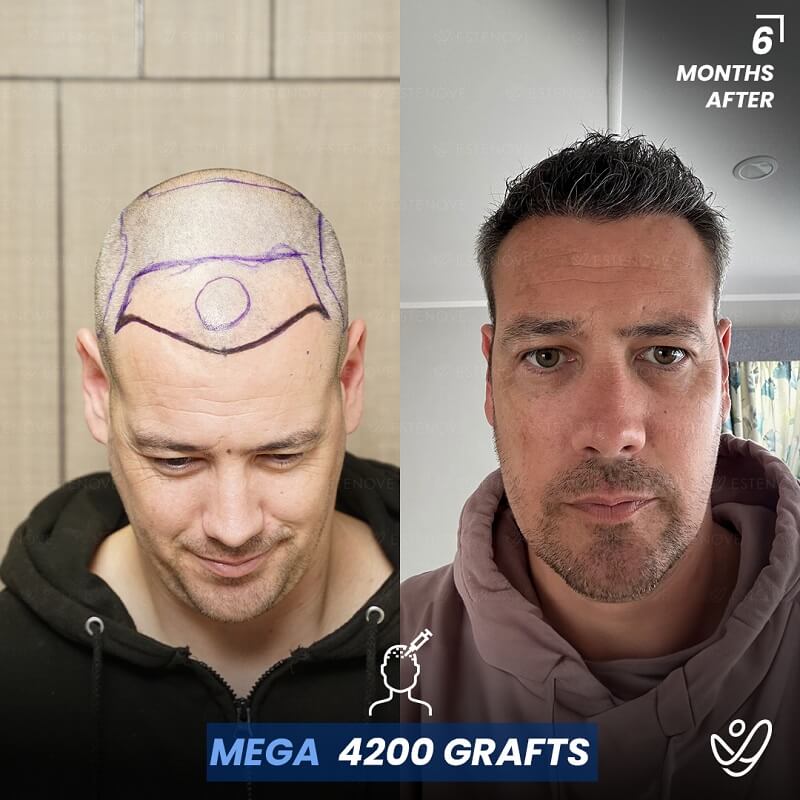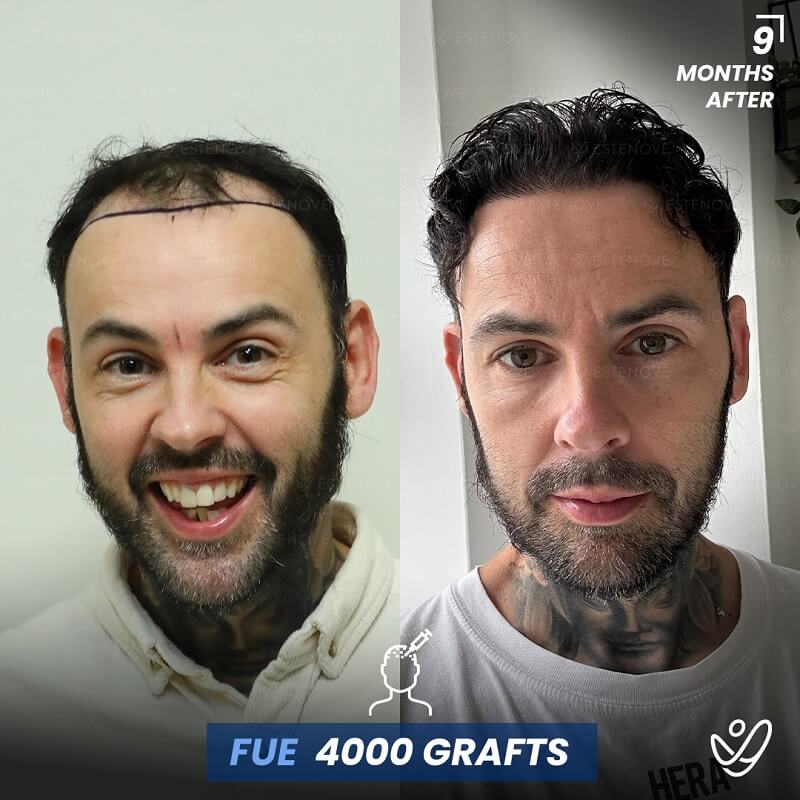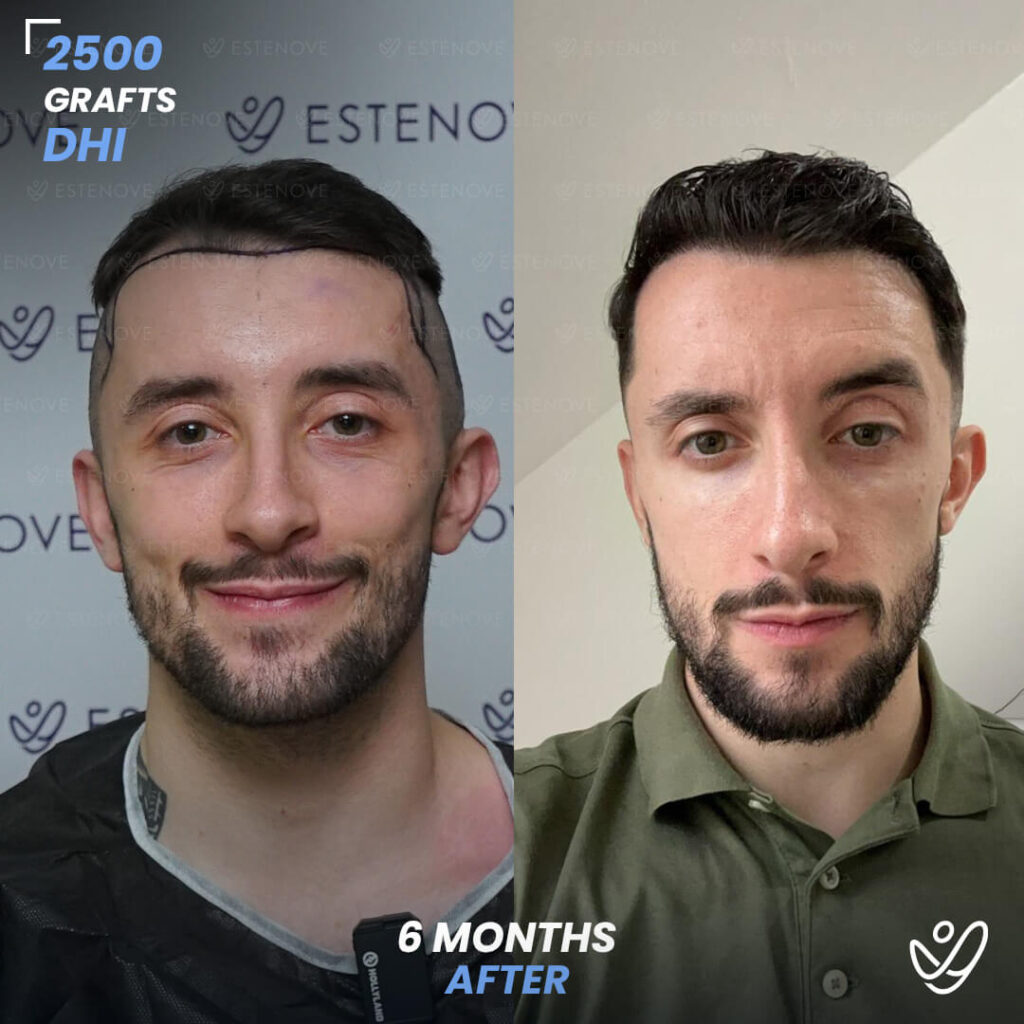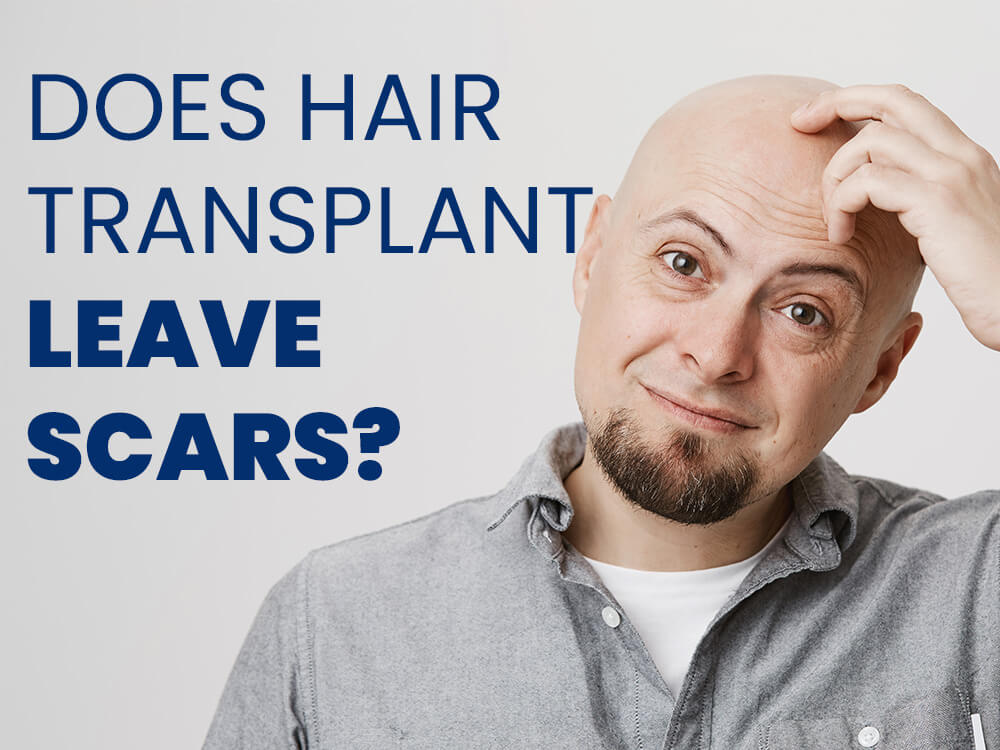
Understanding hair transplant procedures and their associated scarring is essential for anyone considering this popular cosmetic surgery. As hair restoration techniques have advanced, so too have the methods for minimizing and managing the scars that can result from these procedures. This article will delve into the intricacies of hair transplant techniques, the types of scars they produce, and effective strategies for scar management.
Understanding Hair Transplant Procedures and Scarring
Hair transplant procedures involve relocating healthy hair follicles from a donor area—typically the back or sides of the head—to areas experiencing thinning or baldness. While the main goal is hair restoration, any surgical procedure involves some level of skin trauma—and thus, scarring.
The extent and visibility of these scars depend on several factors, including the surgical method used, your skin type, and how well you follow aftercare instructions.
Hair Transplant Techniques and Scarring
There are two main hair transplant methods: FUT (Follicular Unit Transplantation) and FUE (Follicular Unit Extraction). A modern evolution of FUE, called DHI (Direct Hair Implantation), is also widely used. Here’s how each method impacts scarring:
FUT (Strip Method) – Linear Scarring
FUT involves removing a strip of skin from the donor area. The follicles are extracted from this strip and implanted into the recipient area. This method often results in a linear scar at the back of the head. Though usually hidden under longer hair, it can be visible with short hairstyles.
FUE – Minimal Dot Scars
FUE is currently the most common and preferred method. It involves extracting individual hair follicles using a micro punch. This results in tiny, scattered dot scars that are barely noticeable unless the head is fully shaved.
DHI – The Most Precise Approach
DHI is a form of FUE that uses an implanter pen for direct implantation. It causes minimal trauma to the scalp, resulting in less inflammation and virtually invisible scarring.
How Scarring Occurs During Hair Transplantation
Scarring is the body’s natural response to tissue injury. When a follicle is extracted or implanted, a micro-wound forms. Your body heals this wound with scar tissue, which may differ in appearance based on:
- Skin elasticity and collagen production
- Genetic predisposition to keloids or hypertrophic scarring
- Surgical technique used
- Aftercare habits and hygiene
Needle-Free Hair Transplant at Estenove also reduces trauma and swelling, helping the skin heal cleaner and potentially reducing scarring further.
Types of Scars from Hair Transplant Procedures
FUT Scars
FUT results in a single linear scar, the length of which depends on the graft quantity. Though some clinics use advanced closure methods (like trichophytic closure), the scar may still be visible, especially in those with short hairstyles.

Calculate the number of grafts needed for your hair transplant and get an estimated cost for various destinations
FUE Scars
FUE produces dot-shaped scars across the donor area. These are smaller, less visible, and more evenly distributed. While healing varies by person, these micro-scars generally fade significantly within weeks to months.
Other Considerations
Scarring can also be impacted by poor post-op care or scratching. Rarely, patients with keloid tendencies may develop raised or darkened scars.
Minimizing and Managing Hair Transplant Scars
Advanced Techniques
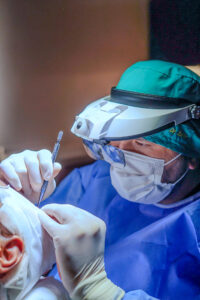
FUE Hair Transplant Surgery in Turkey
Modern tools like sapphire blades, implanter pens, and fine punches reduce skin damage and promote clean healing. Hair transplant service providers like Estenove also avoid outdated strip methods and use high-precision techniques only.
Post-Procedure Care
- Keep the donor area clean and dry
- Avoid sunlight, sweating, and harsh products
- Use prescribed serums and lotions
- Sleep with your head elevated during the first few days
Scar Treatment Options
If you’re unhappy with scars from past procedures, options include:
- Implanting grafts into scarred tissue
- Laser therapy, stem cell treatment or PRP
- Micropigmentation to camouflage visible scarring
Hair transplant scars are no longer something to fear. With modern FUE and DHI techniques, visible scarring is rare—and when it does occur, it’s usually minimal and manageable. We go a step further by offering needle-free options, advanced healing care, and patient-specific scar prevention planning.
If you’re concerned about scarring, speak to our experts during a free online consultation. Your journey to scar-free, natural-looking hair starts with the right team and the most suitable method. Fill out the form below to get your free consultation.

